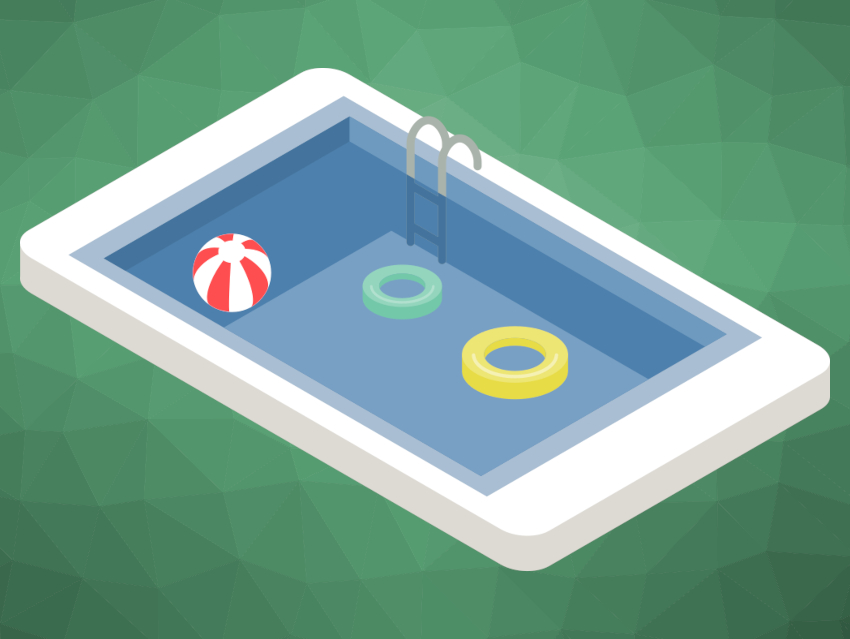Disinfecting swimming pool water is necessary to kill pathogens. Chlorine is an effective disinfectant, but it can react with organic matter and compounds introduced by swimmers, e.g., from sweat, urine, sunscreens, or cosmetics, to produce disinfection byproducts (DBPs). DBPs have been linked to health issues. One way to reduce the amount of added chlorine is through the use of complementary disinfection strategies, such as copper–silver ionization (CSI), which involves generating antimicrobial copper and silver ions by electrolysis.
Susan D. Richardson, University of South Carolina, Columbia, USA, and colleagues have investigated whether using CSI along with reduced chlorine levels could disinfect pool water while also reducing DBP formation and toxicity. The team collected water samples from two pools treated with CSI and chlorine––one outdoor and one indoor pool. They used gas chromatography–mass spectrometry (GC–MS) to identify and quantify DBPs. The researchers detected 71 DBPs, some of which were quantified in swimming pools for the first time.
Using cell culture experiments, the team found that the indoor pool samples were more toxic to cells than the outdoor samples, likely because DBPs can volatilize in the open air or degrade under sunlight over time. In indoor pool water, the lowest levels of DBP formation and toxicity were observed when the lowest amount of chlorine was used in combination with CSI. To control for factors such as the number of swimmers, temperature, and pH, the researchers also conducted experiments in simulated pools with a solution that mimics human body fluids, and they observed similar results. These results suggest that using CSI with lower amounts of chlorine could be a way to make swimming pools safer.
- Making Swimming Pools Safer: Does Copper–Silver Ionization with Chlorine Lower the Toxicity and Disinfection Byproduct Formation?,
Joshua M. Allen, Michael J. Plewa, Elizabeth D. Wagner, Xiao Wei, Gretchen E. Bollar, Lucy E. Quirk, Hannah K. Liberatore, Susan D. Richardson,
Environ. Sci. Technol. 2021.
https://doi.org/10.1021/acs.est.0c06287




